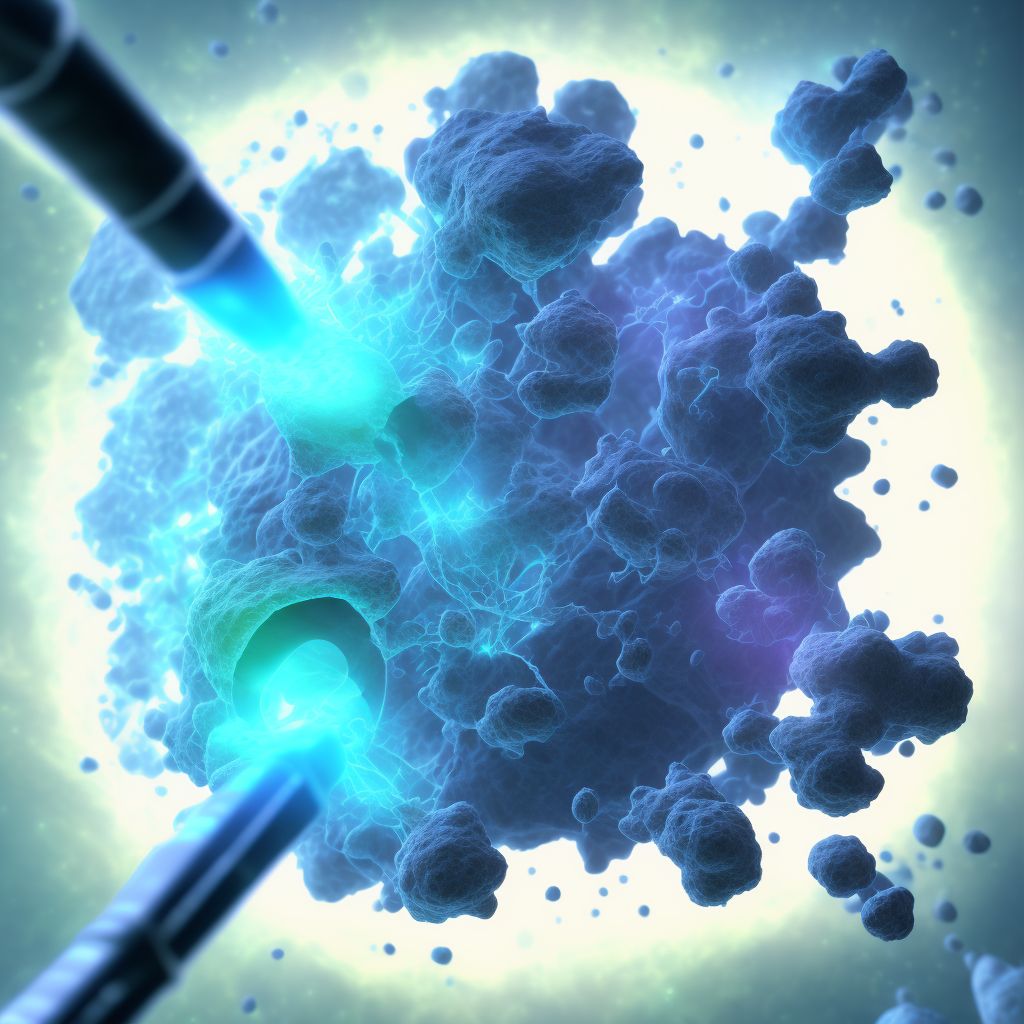
Nondisplaced segmental fracture of shaft of unspecified tibia, subsequent encounter for open fracture type IIIA, IIIB, or IIIC with nonunion Save
ICD-10 code: S82.266N
Disease category: S82.266: Nondisplaced segmental fracture of shaft of unspecified tibia
Nondisplaced Segmental Fracture of Shaft of Unspecified Tibia: Understanding Subsequent Encounters for Open Fracture Types IIIA, IIIB, or IIIC with Nonunion
When it comes to bone injuries, the tibia is one of the most commonly affected bones. In some cases, a nondisplaced segmental fracture of the shaft of the unspecified tibia can occur. This type of fracture involves a break in the tibia that is not displaced, meaning the bone pieces remain aligned.
However, in subsequent encounters, complications can arise, leading to open fractures of types IIIA, IIIB, or IIIC with nonunion. It is essential to understand these conditions to ensure proper management and treatment.
Open fractures occur when the fractured bone breaks through the skin, creating an external wound. In the case of open fracture types IIIA, IIIB, or IIIC, the severity of the wound and soft tissue damage escalates, leading to a more complex situation.
- Type IIIA: In type IIIA open fractures, the wound is usually small, with minimal soft tissue damage. However, these fractures can still pose a risk of infection and potential complications.
- Type IIIB: Type IIIB open fractures involve extensive soft tissue damage, often requiring surgical intervention to clean and repair the injured tissues. The risk of infection and complications is higher in these cases.
- Type IIIC: The most severe of the three, type IIIC open fractures involve significant soft tissue damage, including damage to blood vessels and nerves. These fractures typically require extensive surgical intervention and may involve vascular repair or amputation.
Nonunion refers to a condition where the fractured bone fails to heal properly. In subsequent encounters, addressing nonunion becomes a primary concern. Various treatment options, such as bone grafting, external fixation, or internal fixation, may be considered to promote bone healing and union.
It is important to consult with a healthcare professional experienced in orthopedic care to determine the best course of action for managing nondisplaced segmental fractures of the tibia with subsequent encounters involving open fractures types IIIA, IIIB, or IIIC with nonunion. Proper diagnosis, evaluation, and treatment planning are vital to ensure the best possible outcome for the patient.
While this article provides an overview of the condition, it is not intended as medical advice. Always consult with a qualified healthcare professional for accurate diagnosis and appropriate treatment options.
Treatment of Nondisplaced segmental fracture of shaft of unspecified tibia, subsequent encounter for open fracture type IIIA, IIIB, or IIIC with nonunion:
Treatment Options for Nondisplaced Segmental Fracture of Shaft of Unspecified Tibia
A nondisplaced segmental fracture of the shaft of the tibia can be a challenging condition to treat. It refers to a fracture that occurs in the long bone of the lower leg, resulting in two or more separate bone fragments that remain in alignment. In cases where this fracture subsequently becomes an ...
To see full information about treatment please Sign up or Log in